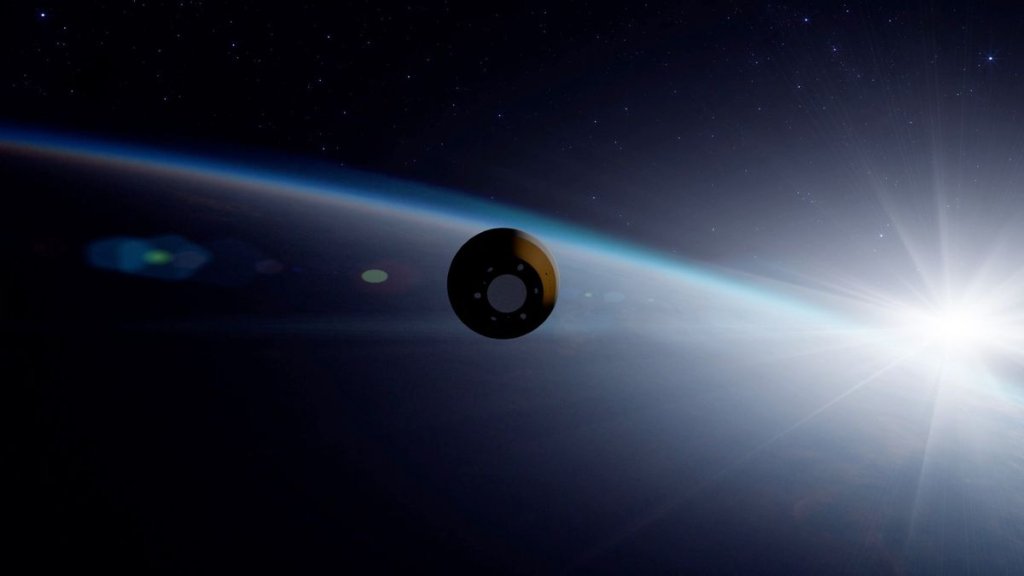Update for 11 a.m. EDT: NASA’s OSIRIS-REx sample return capsule successfully landed with samples of asteroid Bennu at 10:52 a.m. EDT (8:52 a.m. MDT/1452 GMT) in the Utah desert as recovery teams watched. You can watch its recovery live on Space.com. It is also in the window above.
The first asteroid samples ever collected by NASA are closing in on Earth for a historic landing in the Utah desert today (Sept. 24).
NASA’s OSIRIS-REx spacecraft, which collected samples of asteroid Bennu in 2020, released a capsule carrying that precious cargo at 6:42 a.m. EDT (1042 GMT) on a course to land on Earth. The spacecraft was 63,000 miles (101,388 kilometers) from Earth, about one-third the distance to the moon, when it released the sample capsule, with OSIRIS-REx itself flying past our planet to a new destination, NASA officials said.
“After traveling for about four hours through space, the capsule will enter the atmosphere off the coast of California at about 10:42 a.m. EDT (8:42 a.m. MDT) and head east,” NASA wrote in an update. “It will land about 13 minutes later in a predetermined 36-mile by 8.5-mile area on the Department of Defense’s Utah Test and Training Range near Salt Lake City.” You can watch that landing live on Space.com, courtesy of NASA TV, beginning at 10 a.m. EDT (1400 GMT).
Live updates: OSIRIS-REx asteroid sample return landing
Related: How to bring asteroid samples to Earth in 5 not-so-easy steps
The $1 billion OSIRIS-REx mission, its name is short for Origins, Spectral Interpretation, Resource Identification, Security-Regolith Explorer, launched in 2016 to visit and collect samples of the near-Earth asteroid Bennu, which itself will fly close by Earth in 2182. The mission is aimed at better understanding the composition of the 1,650-foot-wide (500 meters) Bennu and asteroids like it, remnants from the early solar system.
So far, OSIRIS-REx’s sample return preparations have gone smoothly, with the sample capsule on course to reenter Earth’s atmosphere just off the California coast, streaking across the morning sky and parachute to the ground at its Utah drop zone. The OSIRIS-REx spacecraft itself, its job complete, is now leaving Earth behind.
At about 7 a.m. EDT (1100 GMT), OSIRIS-REx successfully fired its engines in what NASA calls a diversion burn so it does not fall to Earth like its sample capsule. The spacecraft is headed to a new target, the asteroid Apophis, which will also fly close to Earth in 2029. NASA officially renamed the mission OSIRIS-REx-APEX to note the change.
“Roughly 1,000 feet wide, Apophis will come within 20,000 miles of Earth – less than one-tenth the distance between Earth and the Moon – in 2029.
NASA wrote in a separate update. “OSIRIS-APEX is scheduled to enter orbit of Apophis soon after the asteroid’s close approach of Earth to see how the encounter affected the asteroid’s orbit, spin rate, and surface.”

